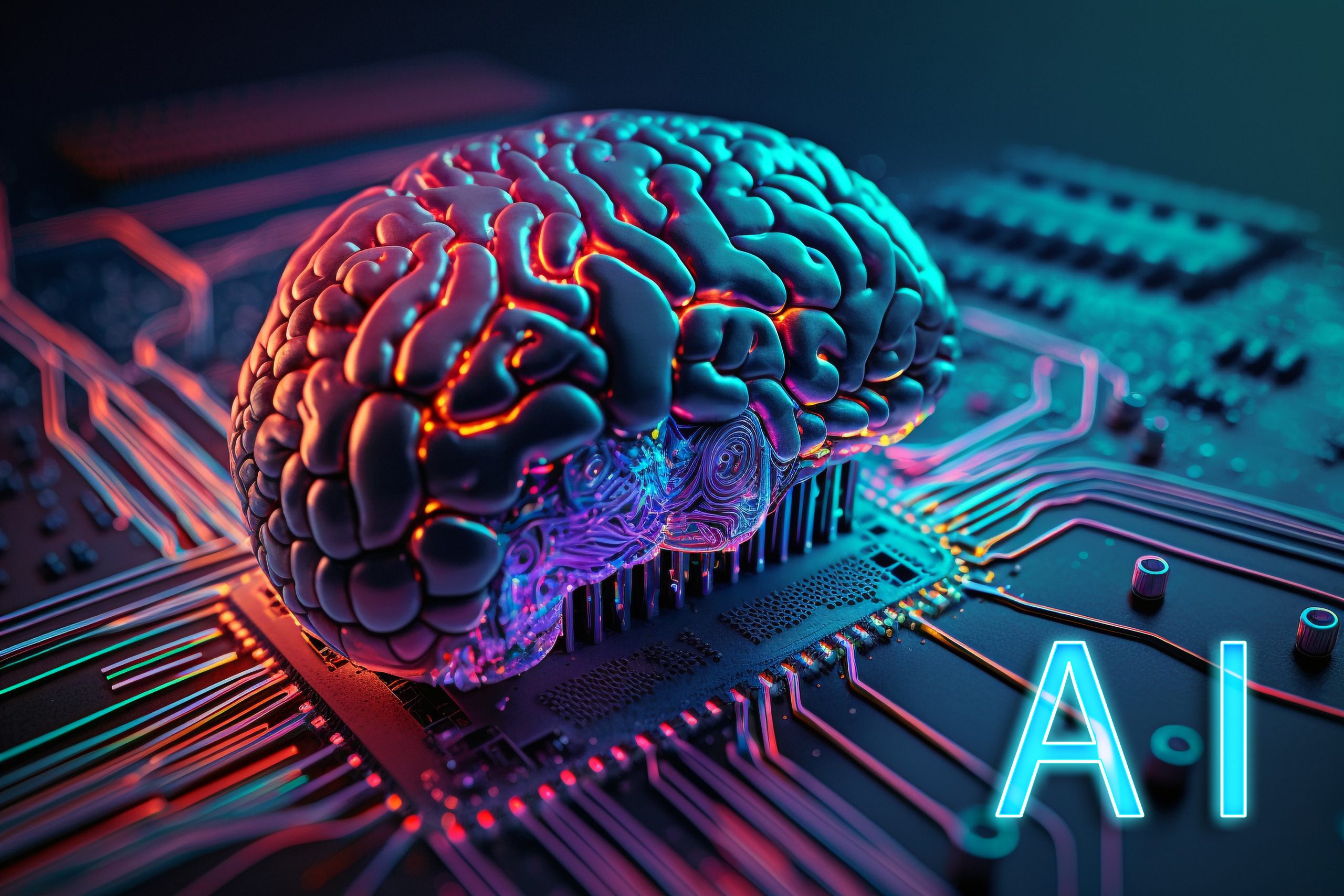Artificial intelligence (AI) possesses the remarkable ability to execute sophisticated functions that closely resemble human capabilities. These functions encompass facial recognition, comprehension of natural language, gaming prowess, and image generation. The potential breakthroughs that AI promises span a wide array of sectors, including healthcare, transportation, education, finance, and beyond1. Nonetheless, alongside its boundless potential, AI presents numerous challenges and risks that demand cautious consideration and resolution. Among these challenges is the imperative of avoiding misunderstandings and misconceptions regarding the extent of AI’s capabilities and limitations, as well as its inner workings. This article endeavors to delve into some commonly held fallacies and biases that can distort our comprehension of artificial intelligence while offering strategies to surmount them.
Fallacy 1: Narrow AI exists on a spectrum with general AI
One prevailing fallacy concerning AI involves assuming that narrow AI, which adeptly addresses specific and well-defined problems, lies on a continuum with general AI—the kind capable of matching or surpassing human cognitive abilities and problem-solving skills2. This misconception fosters unrealistic expectations and inflated estimations concerning the present state and future prospects of AI. For example, some individuals may erroneously believe that since AI systems outperform humans in chess or Go competitions, they possess the capacity for engaging in open-ended conversations or comprehending common sense2. However, this is an erroneous assumption. Present-day AI excels at tackling limited problems but falters when confronted with ambiguity, contextuality, creativity, and generalization2. Constructing systems capable of solving individual problems does not necessarily bring us closer to resolving more complex ones. In fact, there is no definitive pathway or guarantee that we will ever achieve artificial general intelligence2.
Fallacy 2: Automating simple tasks is effortless
Another widely prevalent fallacy regarding AI entails presuming that tasks deemed easy for humans are equally simple for machines—and vice versa2. This misconception leads to underestimations and overestimations of the difficulty and feasibility of various AI undertakings. For instance, certain individuals may erroneously assume that AI systems proficient in solving intricate mathematical problems or generating lifelike images effortlessly possess the ability to undertake simple tasks such as object recognition or emotional comprehension2. However, this is far from accurate. Present-day AI excels at tackling arduous problems necessitating logic, rules, and data but falters when confronted with straightforward tasks calling for intuition, common sense, and social skills2. This discrepancy arises due to the absence of innate capabilities and experiences in AI systems that humans have acquired through evolution and learning2. Hence, some of the most formidable challenges faced by AI lie precisely in those areas where humans excel without exertion.
Fallacy 3: AI serves as a universal panacea
A third prevailing fallacy concerning AI revolves around perceiving it as a panacea—a universal solution for any problem that may arise3. Succumbing to this fallacy entails subscribing to techno-solutionism, which posits that technology possesses the capacity to resolve any societal obstacle without considering its ethical, social, and political implications3. For instance, individuals may mistakenly assume that since AI systems can make decisions more swiftly and accurately than humans, they can replace human judgment and responsibility in domains such as justice, healthcare, or education3. However, this perception is misguided. Present-day AI excels at optimizing specific objectives while adhering to predefined rules but struggles when confronted with matters of values, trade-offs, and uncertainties3. Moreover, AI systems remain subjective entities rather than neutral ones; their biases and limitations mirror those of their creators and data sources3. Consequently, the indiscriminate application of AI to societal dilemmas without due consideration may inadvertently exacerbate problems while seeking to resolve them.
How to overcome these fallacies
These fallacies pervade not only the general public and media but also afflict certain experts and researchers in the field of AI2. Consequently, it becomes crucial to raise awareness and educate ourselves regarding the genuine nature and limitations of AI. Here are some recommendations for transcending these fallacies:
- Enhance knowledge concerning AI operations: One effective approach to avoiding misunderstandings surrounding AI entails acquiring a deeper understanding of its mechanics. This does not imply that one must become an AI expert or grasp every technical detail. Rather, it involves obtaining a fundamental comprehension of the concepts and principles underpinning different AI systems. For example, familiarizing oneself with machine learning, differentiating it from traditional programming, comprehending its advantages and drawbacks, along with identifying primary methodologies and applications.
- Maintain a critical and inquisitive stance toward AI applications: Another means of sidestepping misunderstandings concerning AI entails adopting a critical and curious outlook toward its applications. This necessitates questioning and evaluating the assertions and assumptions put forth by both developers and users of AI systems. For instance, probing into the objectives pursued by an AI system, scrutinizing its data sources and methodologies employed, assessing potential benefits and risks, as well as contemplating ethical and social implications.
- Participate in governing and regulating AI: A third strategy for averting misunderstandings about AI encompasses active engagement in its governance and regulation. This entails staying informed and involved in policies and laws that influence the development and utilization of AI. For example, advocating for transparency, accountability, fairness, and safety within AI systems while concurrently safeguarding human rights, privacy protection, and dignity.
Conclusion
Artificial intelligence stands as a potent technology replete with promising prospects for society’s advancement. However, it simultaneously presents numerous challenges and risks that demand scrupulous evaluation and resolution. Foremost among these challenges is circumventing misconceptions surrounding the capabilities of AI along with comprehending its inner workings. Throughout this article, we have explored several prevalent fallacies and biases that tend to distort our grasp of artificial intelligence, including:
- The misconception that narrow AI exists on a continuum with general AI.
- The fallacious belief that automating simple tasks comes effortlessly.
- The erroneous perception of AI as an all-encompassing panacea.
Furthermore, we have proposed various approaches to surmount these fallacies, such as:
- Enhancing knowledge regarding how AI operates.
- Maintaining a critical and inquisitive stance toward AI applications.
- Actively participating in governing and regulating AI.
By embracing these strategies, we can attain a more realistic and well-informed perspective on artificial intelligence. Subsequently, armed with this understanding, we can make sound judgments concerning its development and utilization.








